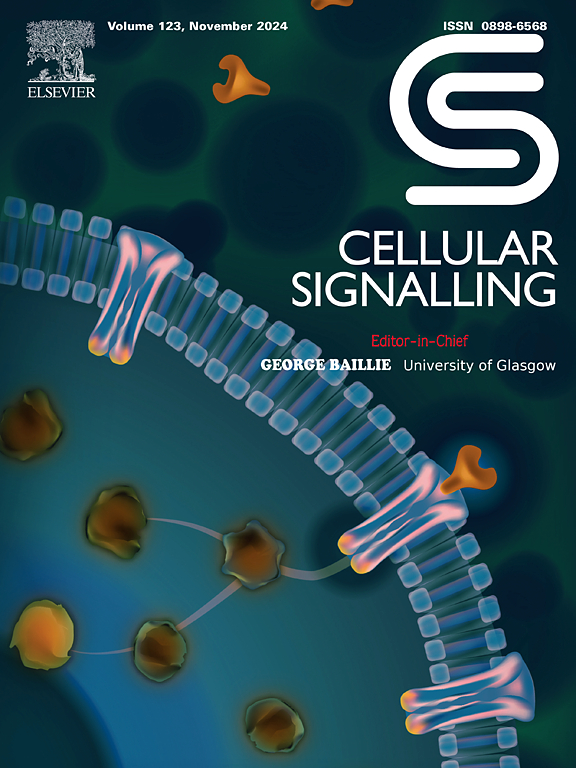Nintedanib improves bleomycin-induced pulmonary fibrosis by inhibiting the Clec7a/SPP1 pathway in interstitial macrophages
IF 4.4
2区 生物学
Q2 CELL BIOLOGY
引用次数: 0
Abstract
Idiopathic pulmonary fibrosis (IPF) is a terminal lung disease with high mortality rate. Although Nintedanib (Nin) is an effective treatment for IPF, its precise mechanism of action remains unclear. In this study, we performed an integrated analysis of single-cell sequencing and RNA-seq data from lung tissues of both fibrotic and Nin-treated fibrotic mice to uncover new therapeutic mechanisms of Nin in IPF. Our results revealed an increase in interstitial macrophages following bleomycin (BLM) treatment. We used Monocle2, Cellchat, and in vivo experiments to demonstrate that Nin can inhibit Clec7a in interstitial macrophages, thereby suppressing the SPP1-mediated profibrotic pathway. Additionally, we utilized Scenic to predict transcription factors and identified NFκB as a major transcription factor in interstitial macrophages. In the in vitro experiments, we found that inhibiting Clec7a improved the secretion of SPP1 by M2 macrophages through the NFκB pathway. In subsequent in vivo experiments, we found that inhibiting of Clec7a improves pulmonary fibrosis through the NFκB/SPP1 pathway, and Nin alleviated BLM-induced pulmonary fibrosis by inhibiting Clec7a in interstitial macrophages. In summary, our study indicates that interstitial macrophages are upregulated in pulmonary fibrosis, and Nin reduces fibrosis by inhibiting Clec7a in interstitial macrophages, which in turn diminishes the NFκB /SPP1 pathway. These findings provided a new perspective on the mechanism of action of Nin in treating pulmonary fibrosis.
求助全文
约1分钟内获得全文
求助全文
来源期刊

Cellular signalling
生物-细胞生物学
CiteScore
8.40
自引率
0.00%
发文量
250
审稿时长
27 days
期刊介绍:
Cellular Signalling publishes original research describing fundamental and clinical findings on the mechanisms, actions and structural components of cellular signalling systems in vitro and in vivo.
Cellular Signalling aims at full length research papers defining signalling systems ranging from microorganisms to cells, tissues and higher organisms.
 求助内容:
求助内容: 应助结果提醒方式:
应助结果提醒方式:


